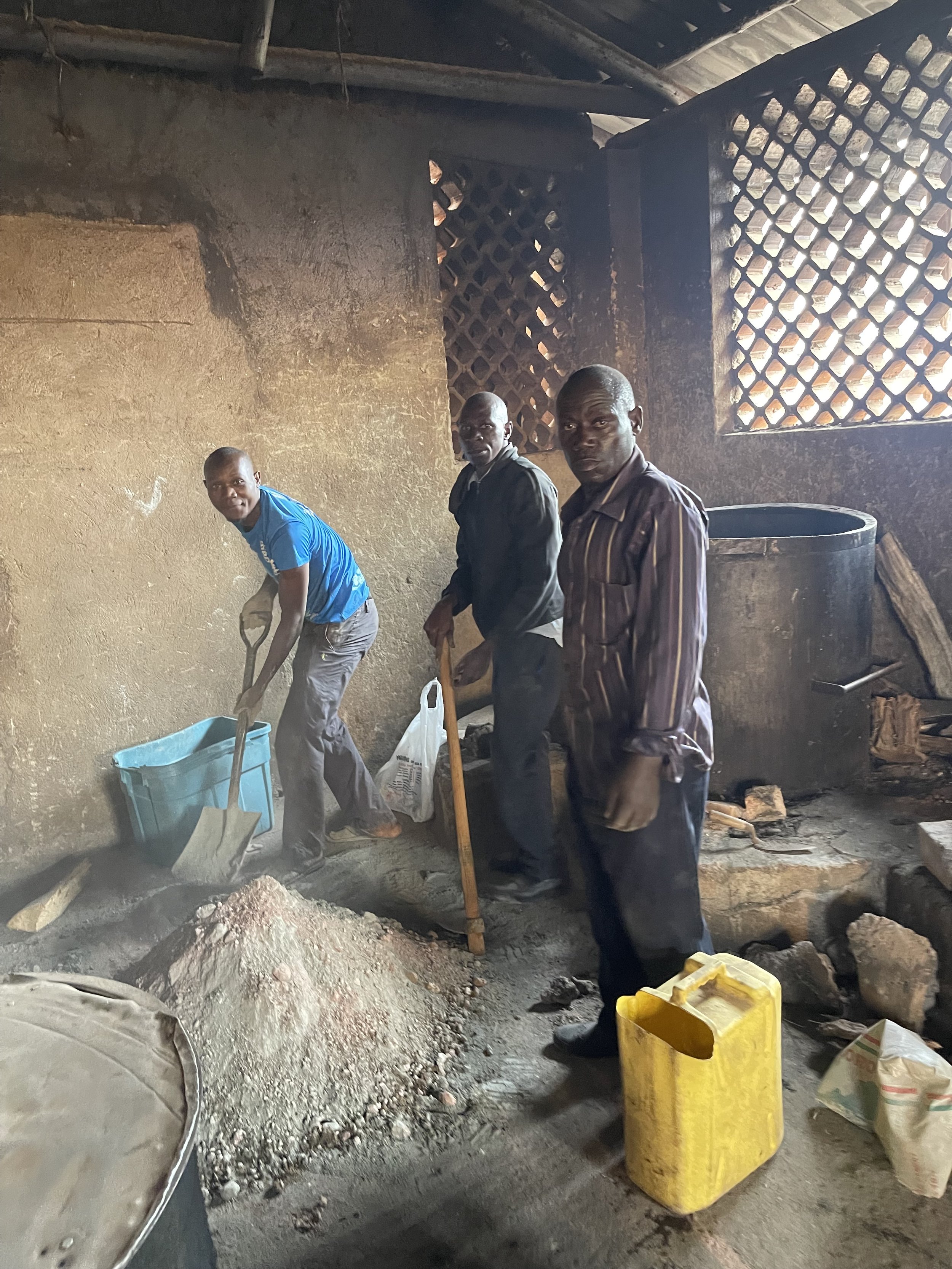Yesterday we came across the newsletter published by the Cool Effect, an organisation that started in 1998 with clean-burning cookstoves and had grown into a globally recognised non-profit platform that’s successfully reducing carbon pollution.
We though important to share their statistics on emission reductions, ahead of the 2022 United Nations Climate Change Conference (also known as COP27) taking place in Egypt soon.
A high-quality carbon credit accurately or conservatively represents greenhouse gas (GHG) emission reductions or removals achieved through voluntary carbon market (VCM) activities. VCM projects and programs that generate high-quality carbon credits maximise climate, socio-economic and ecological benefits for local communities and ecosystems as appropriate to the project type and sector.
This is why carbon credits generated from our Project Activity “Institutional Improved Cook Stoves for Schools and Institutions in Uganda” registered with the Gold Standard, and accredited with 9 Sustainable Development Goals (SDGs) that are continuously monitored through the collection of various indicators, are quantified and reported annually to ensure all benefits reach the communities in most need.
To learn more please visit the Gold Standard Marketetplace here.






















































